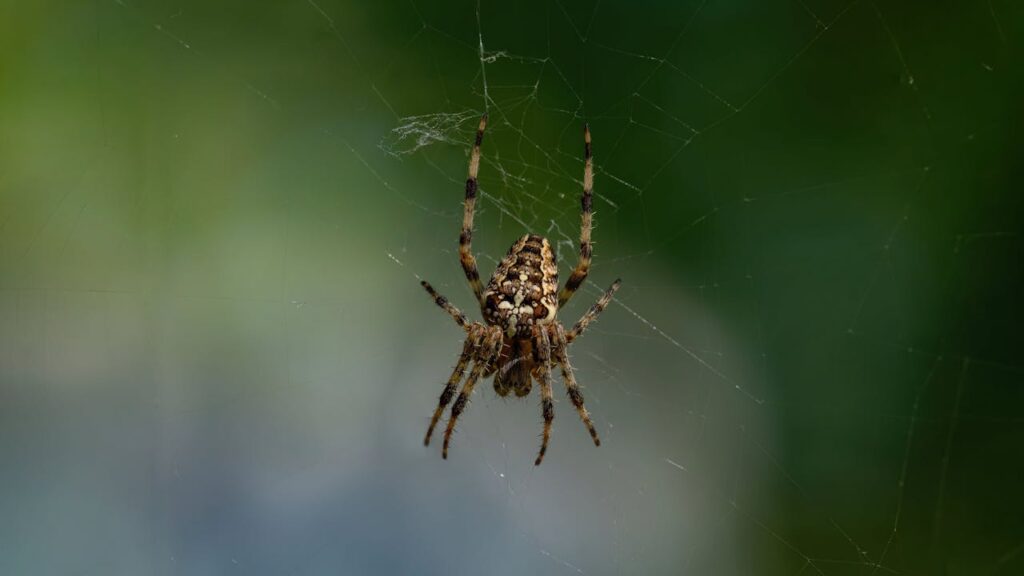Spooky season is upon us, and with that comes the need to abide by the rules made by our forefathers. While putting up scary ornaments might be the go-to for most of us, the real intellectuals know keeping an arachnid as a pet is the way to go. While it might sound cool and enticing, it should be known that the process is delicate, if not dangerous. Luckily, we’re here to smoothen everything and make this October one to remember.
To Catch a Spider

The first step to keeping a spider as a pet is getting the spider in question. Spiders are almost everywhere on land. Be it in some dark corner of your room or the wall outside your window sill. But for an endless spider farm, you should visit your backyard or any open fields nearby. Some species of spiders are dangerous, while others are harmless. Try to learn about the spider population in your area before venturing out. Many types of spiders do well as pets, from tarantulas, wolf, and grass spiders to jumping and fishing spiders.
We recommend using a small jar to catch the adorable critters. Gently coax them inside using the jar’s lid, and remember only to house one per jar, as spiders have been known to cannibalize each other.
Give It a Home

With the spider in your grasp, it’s time to give it a proper habitat. Building an optimal home depends on the species of spider you have. Larger ones love inexpensive plastic terrariums that you can easily source from pet stores, while the tinier ones can be kept in plastic containers or jars with holes drilled into the lid for air circulation. Just ensure the holes aren’t too large, as the spider might escape. Use potting soil as coverage for the habitat’s bottom, and add sticks, leaves, or even artificial plants to make it cozy.
Nom, Nom, Nom

Spiders are living beings and, like many living beings, require a steady source of sustenance to stay alive. The first thing you want to have in your spider’s habitat is some water. Depending on the critter’s size, you can use anything from a plastic bottle cap to a small bowl to serve the precious liquid. If any of these are hard to come by, gently spray some clean water on the webbing, and the spider will thank you.
With the water aside, always feed your spider. Offer insect prey once or twice a week, such as crickets you can find in your backyard or the pet store. If you go with the former, ensure the insects aren’t from an insecticide-sprayed area.
The Best Part

With your spider living cozily in its new habitat, you can now sit back and observe! Watch your spider grow, take notes of its behavior, and even snap a few pictures! Remember to name the tiny terror, and always spend time with them whenever you can.







